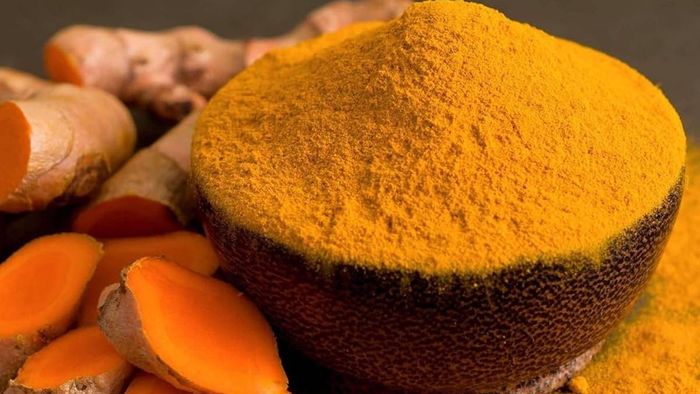Climate change threatens Meghalaya’s famed Lakadong turmeric, Laskein identified as high-risk block
The future of Meghalaya’s globally acclaimed Lakadong turmeric faces a mounting threat due to climate change, with Laskein block in West Jaintia Hills emerging among the ten most climate-vulnerable regions in the state, officials confirmed on Sunday.

- Jul 21, 2025,
- Updated Jul 21, 2025, 8:52 AM IST
The future of Meghalaya’s globally acclaimed Lakadong turmeric faces a mounting threat due to climate change, with Laskein block in West Jaintia Hills emerging among the ten most climate-vulnerable regions in the state, officials confirmed on Sunday.
Lakadong turmeric, known for its high curcumin content (7–9%), is cultivated by nearly 14,000 farmers across 43 villages, covering approximately 1,753 hectares. The area has become synonymous with this heritage crop, prized both domestically and internationally for its use in spices, nutraceuticals, and traditional medicine.
However, recent assessments by the Meghalaya Climate Change Centre (MCCC) have revealed that Laskein is among 25 of the state’s 39 blocks at "high" or "very high" risk due to increasing climate stresses. These include erratic rainfall, extreme weather events, declining soil fertility, and rising pest attacks.
Meghalaya Agriculture Minister Dr. Ampareen Lyngdoh, addressing the issue, acknowledged the decline in turmeric yield and stressed the urgent need for scientific intervention.
“We are witnessing low production due to disease outbreaks in the Laskein block. Research must be intensified to determine whether climate change is the key factor or if soil nutrient depletion is equally responsible. This is a matter that demands serious attention,” she said.
Symptoms like rhizome rot and leaf blight, observed during recent harvests, are being attributed to either changing weather patterns or poor soil management practices. A senior agriculture department official stated that farmers in Laskein have reported irregular rainfall and an alarming rise in pest incidents.
“Climate change is no longer a distant threat—it is impacting us now. We must act swiftly to transition farmers toward more resilient agricultural practices,” the official added.
In response, experts have proposed a multi-pronged approach involving climate-smart agriculture, water harvesting, organic soil enrichment, and the development of disease-resistant turmeric varieties.
The state government’s flagship initiative, "Mission Lakadong", under which the crop was promoted and secured a Geographical Indication (GI) tag in 2023, was expected to boost branding, export potential, and farmer incomes. But with declining yields, there is growing concern that these economic gains may be undermined unless adaptive measures are urgently implemented.
The government is now exploring ways to expand Mission Lakadong by collaborating with agricultural research institutions to strengthen climate resilience, soil health monitoring, and integrated disease management systems.
With thousands of households relying on Lakadong turmeric as their primary livelihood, the stakes are high. Ensuring the sustainability of this iconic crop will require coordinated policy action, scientific research, and farmer-centric interventions—before the climate crisis further erodes this golden treasure of Meghalaya.